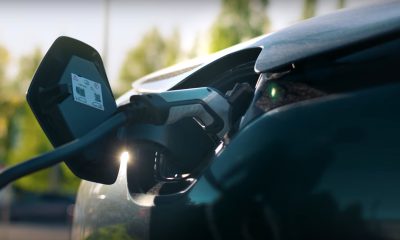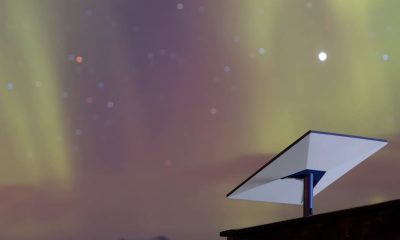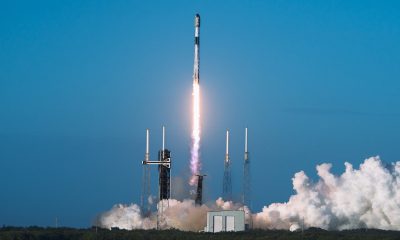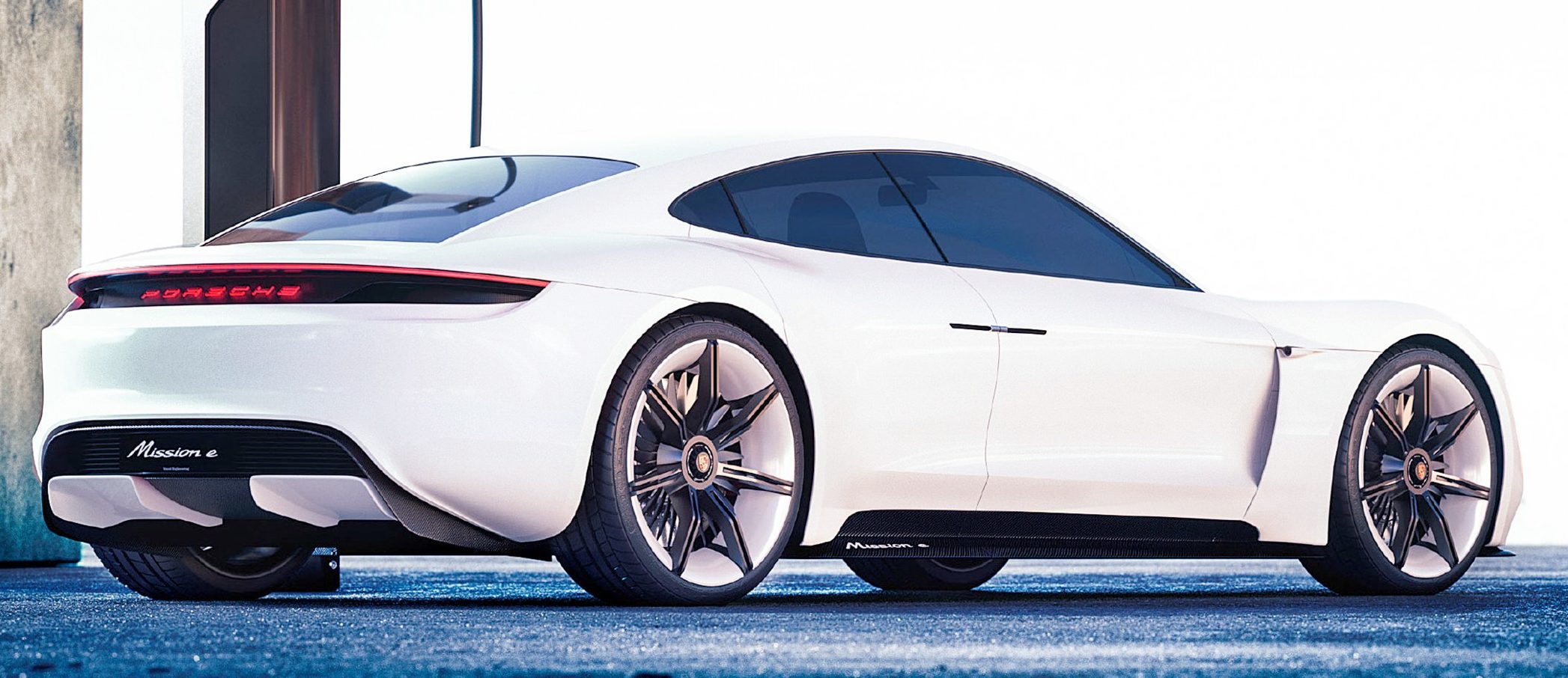
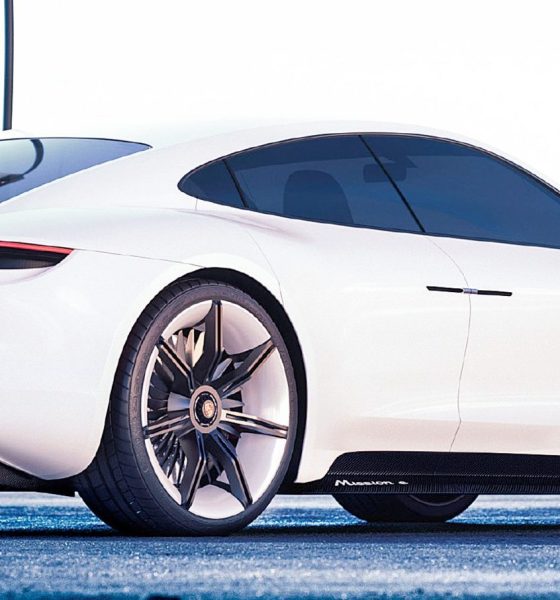
News
Porsche exec discusses Taycan battery size, winter package, and final design
Porsche continues to provide exciting new details about the Taycan, the company’s first all-electric vehicle that’s expected to rival the Tesla Model S. Just recently, the established carmaker issued a press release discussing the vehicle’s upcoming charging infrastructure in North America, which would enable the Taycan to travel from coast to coast. In a recent interview, the chief of Porsche’s Electric Car Initiative outlined some exciting new details about the electric sedan, including its battery pack size, as well as some of the vehicle’s notable features.
In a recent email to Taycan reservation holders (credit to Jim Roger Johansen for providing Teslarati with a copy of the message), Stefan Weckbach, one of the veteran company’s leads on the development of the Taycan, answered some frequently asked questions about the upcoming electric sedan.
Considering that Porsche is yet to reveal the production version of the Taycan, questions remain about the vehicle’s final design. Weckbach, for his part, noted that the production car’s appearance would be very similar to that of the Mission E sedan concept car, though the exec stated that it would be “more suited for practical use” and optimized for aerodynamics. As such, the production Taycan would utilize conventional doors instead of the Mission E sedan concept’s stunning suicide doors.
Being a sports sedan, the Taycan would not be equipped with a tow hitch. In his response to the inquiry, Weckbach explained that the “demand for hitches in the (sports sedan) segment is low.” The Porsche exec also provided some details about the Taycan’s Winter Package, which would include heated seats in both front and rear, a heated steering wheel, and a heat pump. The Porsche exec noted that the Winter Package would be available as an option.
That said, perhaps the most interesting piece of information from Weckbach’s brief, written Q&A, are some tidbits about the Taycan’s battery pack. Porsche has noted that the upcoming electric car’s lithium-ion battery pack would be liquid cooled, enabling impressive performance and acceleration figures. The exec also noted that the size of the Taycan’s battery would be around 90 kWh, placing it just below the Model S’ largest battery pack to date and putting it in the same range as the Jaguar I-PACE.
The Porsche Taycan is the first all-electric car from the established carmaker. True to the company’s spirit, the Taycan boasts impressive specs, from its 0-60 mph time of 3.5 seconds, its top speed of 155 mph, and its range of 310 miles per charge. Just like its iconic vehicles like the legendary Porsche 911, the carmaker notes that the Taycan would be at home at the racetrack being driven hard around corners and bends. As pointed out by a Porsche brand ambassador in an email to an auto journalist last month, the Taycan would be offered in three models — an entry-level version, a mid-range variant called the Taycan 4S, and a range-topping version dubbed the Taycan Turbo, which would likely cost over $130,000 before options.
The Porsche Taycan is expected to start production sometime this year at the company’s Zuffenhausen site.
Investor's Corner
Michael Dell points out practical advantage of Elon Musk’s proposed pay package
As pointed out by the Dell Technologies CEO, Musk will only be rewarded if he delivers extraordinary value to shareholders
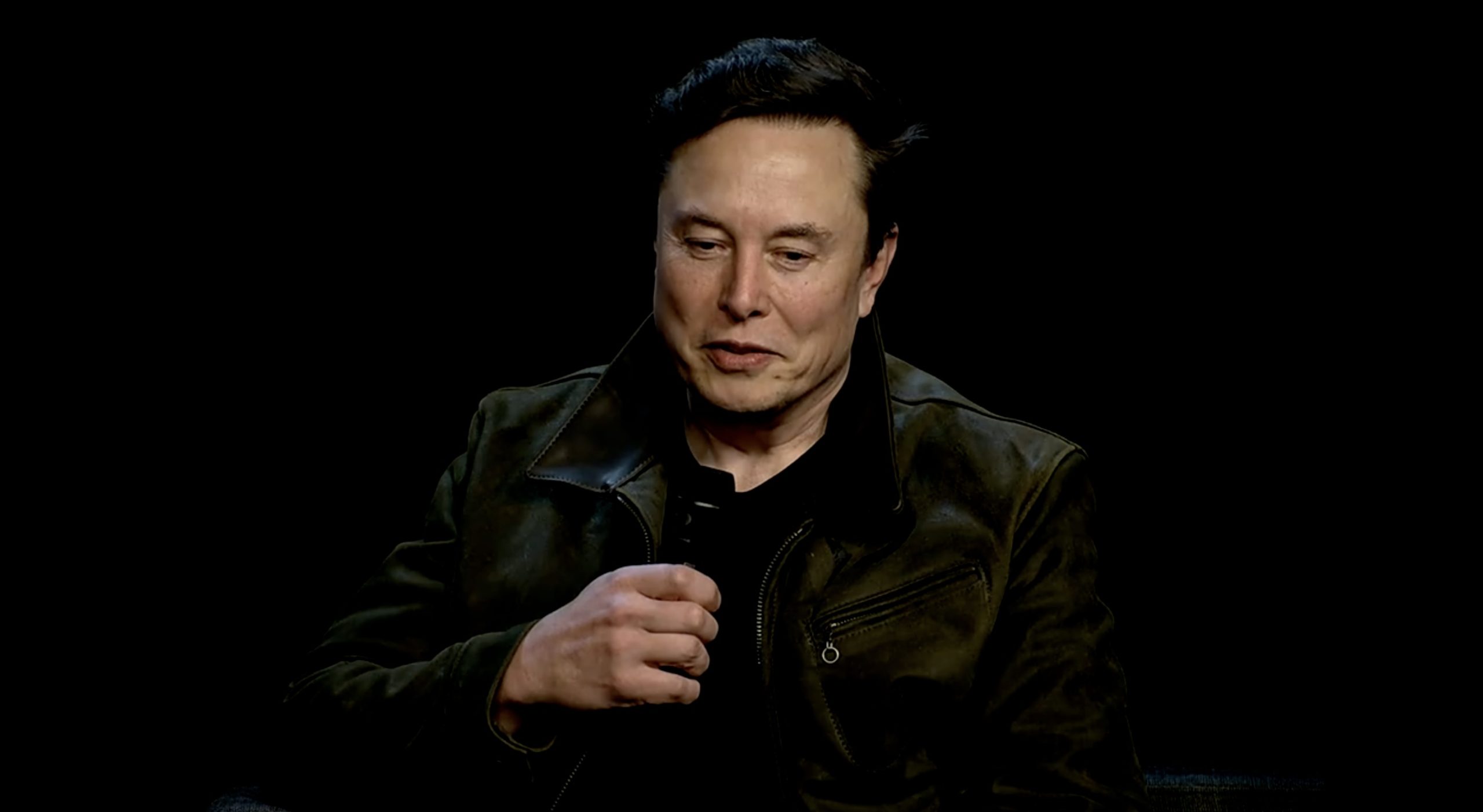
Michael Dell has weighed in on Elon Musk’s controversial 2025 CEO Performance Award, offering a grounded perspective amidst the noise surrounding the pay package today.
As pointed out by the Dell Technologies CEO, Musk will only be rewarded if he delivers extraordinary value to shareholders. Musk would quite literally receive no compensation if he fails to achieve his targets.
Dell emphasizes results over rhetoric
Dell shared his thoughts about Musk’s 2025 CEO Performance Award in a post on X.“Vote FOR Elon Musk. The award is only achieved IF he hits exceptionally ambitious market-cap and operational milestones—if he falls short, he gets nothing,” Dell wrote in his post.
“If he succeeds, shareholders will win big through unprecedented value creation, and he will earn added voting rights to continue driving Tesla’s long-term vision.”
Musk replied with a short “Thanks Michael,” acknowledging Dell’s support. Dell’s framing cuts through the debate surrounding Musk’s compensation, as he simply focused on the incentive structure’s risk-reward balance.
Musk’s ambitious pay package
Elon Musk’s 2025 CEO Performance Award requires Tesla’s market capitalization to rise from roughly $1.1 trillion today to $8.5 trillion within a decade. This would make Tesla more valuable than any company in history.
Apart from this, Tesla’s operating profit must also grow from $17 billion to $400 billion annually. Musk must also lead the company to several product-related milestones, such as 20 million cumulative vehicle deliveries, 10 million Full Self-Driving subscriptions, 1 million Tesla Bots, and 1 million operating Robotaxis.
So far, proxy advisors Glass Lewis and ISS have urged shareholders to vote against the plan. Some prominent investors, including ARK Invest CEO Cathie Wood, however, have voiced strong support for the plan. Wood called Musk “the most productive human being on earth,” arguing that his vision and ability to attract talent are central to Tesla’s success.
News
Starlink V3 satellites could enable SpaceX’s orbital computing plans: Musk
Musk’s remarks come as companies explore how orbital infrastructure could solve the Earth-bound energy and cooling challenges that come with hyperscale AI computing.
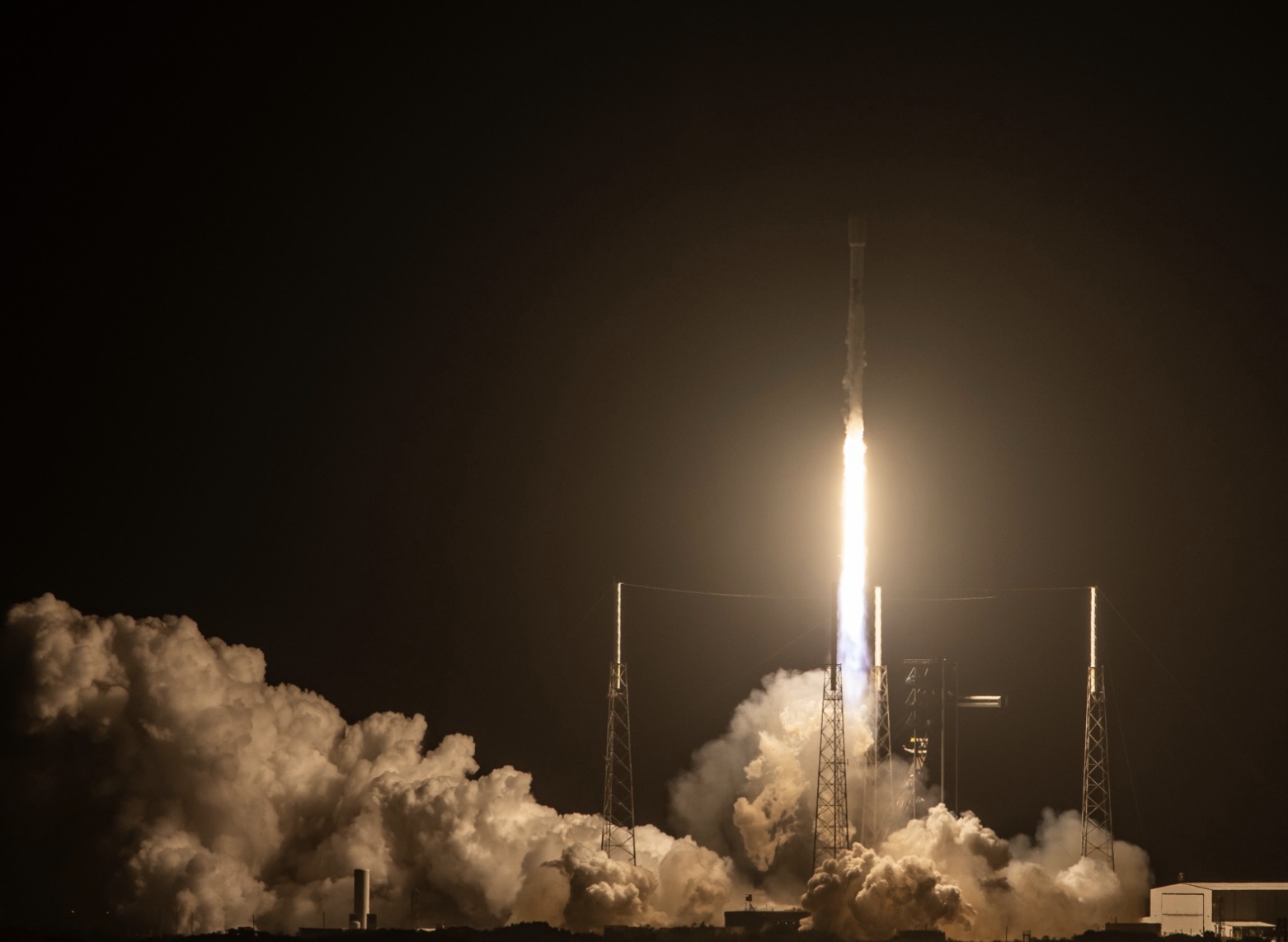
As artificial intelligence fuels surging demand for computing power, Elon Musk has hinted that SpaceX may use its Starlink V3 satellites to develop space-based data centers.
Musk’s remarks come as companies explore how orbital infrastructure could solve the Earth-bound energy and cooling challenges that come with hyperscale AI computing.
SpaceX could lead the race to orbit-based computing
After Ars Technica published a report on autonomous space construction, Musk replied on X: “Simply scaling up Starlink V3 satellites, which have high speed laser links would work. SpaceX will be doing this.”
SpaceX’s Starlink V3 platform is capable of up to 1 terabit per second (Tbps) throughput, so it could potentially form the foundation for orbital computing clusters powered by solar energy.
Proponents have noted that such data centers could eliminate the massive land, water, and power footprints of traditional facilities on Earth. Critics, however, have question the economics and complexity of maintaining large-scale data systems in orbit.
Elon Musk, for his part, recently reiterated on X that this particular idea is a very big deal.
SpaceX’s track record is substantial
Despite the reservations for such a radical idea, SpaceX’s track record is pretty much bulletproof at this point. The company’s Starlink network, once deemed as unrealistic by critics, now delivers broadband to millions worldwide while turning a profit. Its Falcon 9 rockets, which are capable of landing on land or on a drone in the middle of the ocean, are also among the world’s most reliable.
With this track record in mind, it would seem that Elon Musk’s idea of using Starlink satellites as the building blocks for a space-based data center might not be too farfetched at all.
Interest in space-based data storage and processing has intensified in recent months, Ars noted. Former Google CEO Eric Schmidt reportedly acquired Relativity Space with an eye on orbital data infrastructure, while Jeff Bezos recently predicted gigawatt-scale data centers will operate in space within two decades.
News
Tesla Model Y L gains V2L capabilities with software update
The 2025.32.300 update, which is rolling out to Model Y L vehicles in China, introduces several notable additions.
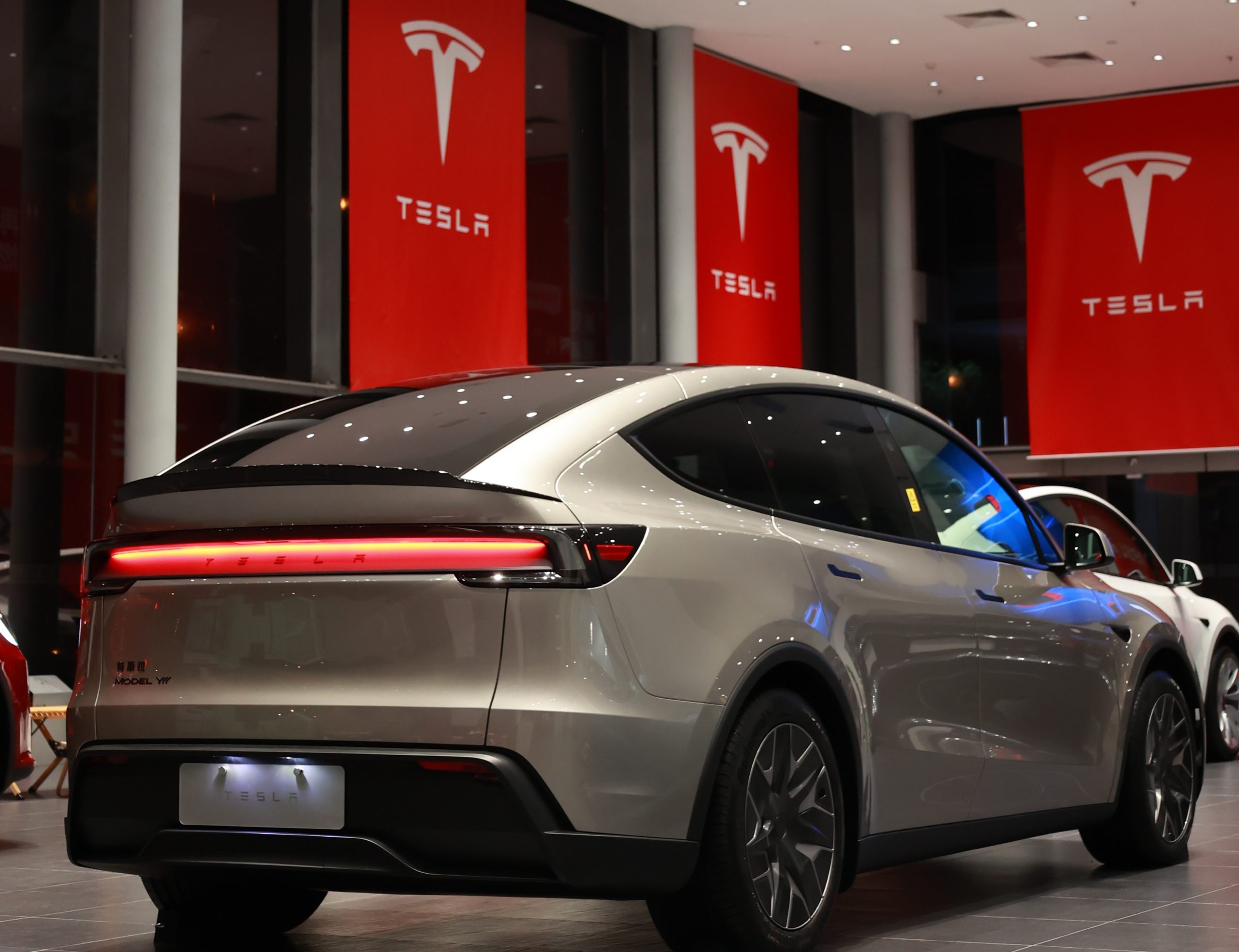
Tesla has quietly added Vehicle-to-Load (V2L) functionality to the Model Y L through its latest over-the-air update in China, giving owners the ability to power external devices directly from their EVs.
The addition of the feature was highlighted by Tesla in its release notes for China’s 2025.32.300 update.
Model Y L gains V2L and other convenience upgrades
The 2025.32.300 update, which is rolling out to Model Y L vehicles in China, introduces several notable additions. First among them is an “external discharge function,” which enables V2L capability through an official adapter that Tesla plans to release later.
The feature should enable the Model Y L to power appliances, tools, or possibly even other EVs, making it extra useful for camping trips or the occasional power outages.
Other improvements include a lower temperature limit for Dog Mode, customizable low-battery settings to conserve energy while parked, and expanded personalization for the vehicle’s “Rave Cave” entertainment feature. Tesla noted that certain functions may vary depending on vehicle configuration, and rollout timing could differ by region.
Model Y L is surging in China’s SUV rankings
Despite being new in the market, the Model Y L is already making some waves in China’s top-selling mid-to-large SUVs lists. Data from Yiche showed that Tesla sold 8,221 units in September, securing fourth place in the segment behind the Leapmotor C16, Li Auto L6, and the Xiaomi YU7.
The Model Y L’s rapid ascent highlighted its strong market appeal despite a higher price point than most local competitors. Interestingly enough, the Xiaomi YU7, which is positioned closer to the standard Model Y with its five-seat configuration, topped the rankings with 22,244 units sold in September.
With Tesla’s continued free software upgrades, as well as its features like Full Self-Driving (Supervised), however, the Model Y L may have a chance at climbing China’s lists for the best-selling mid-to-large SUVs.
-
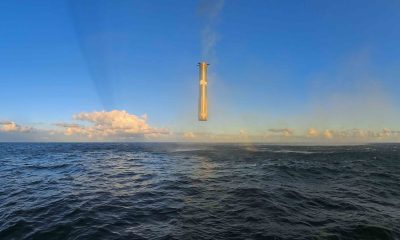
 Elon Musk2 weeks ago
Elon Musk2 weeks agoSpaceX posts Starship booster feat that’s so nutty, it doesn’t even look real
-

 Elon Musk2 weeks ago
Elon Musk2 weeks agoTesla Full Self-Driving gets an offer to be insured for ‘almost free’
-
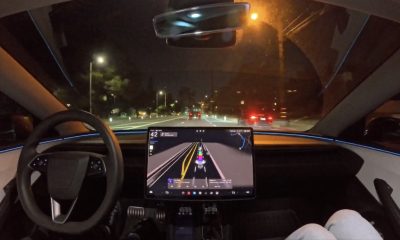
 News2 weeks ago
News2 weeks agoElon Musk confirms Tesla FSD V14.2 will see widespread rollout
-
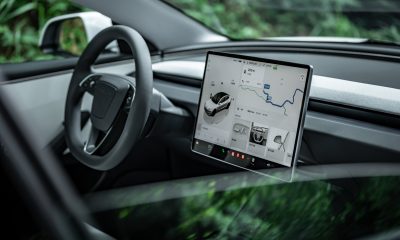
 News2 weeks ago
News2 weeks agoTesla is adding an interesting feature to its centerscreen in a coming update
-
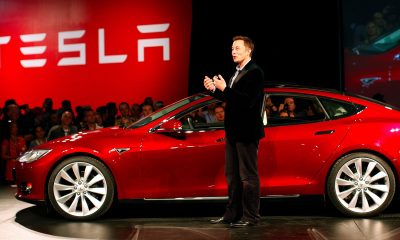
 Elon Musk2 weeks ago
Elon Musk2 weeks agoTesla CEO Elon Musk’s $1 trillion pay package hits first adversity from proxy firm
-
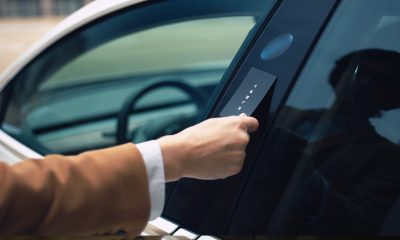
 News2 weeks ago
News2 weeks agoTesla might be doing away with a long-included feature with its vehicles
-
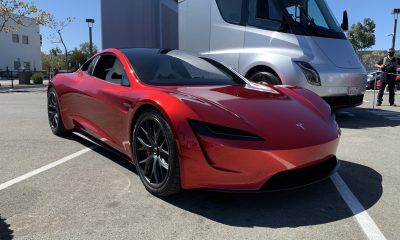
 News2 weeks ago
News2 weeks agoTesla updates fans on its plans for the Roadster
-
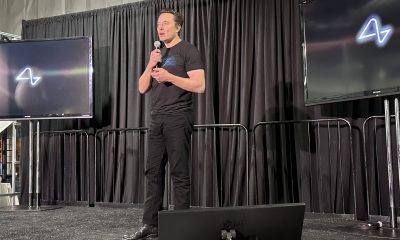
 Elon Musk2 weeks ago
Elon Musk2 weeks agoAfter moving Tesla to Texas, Elon Musk is back in the Bay Area with Neuralink expansion


